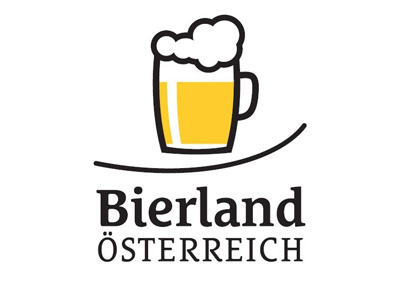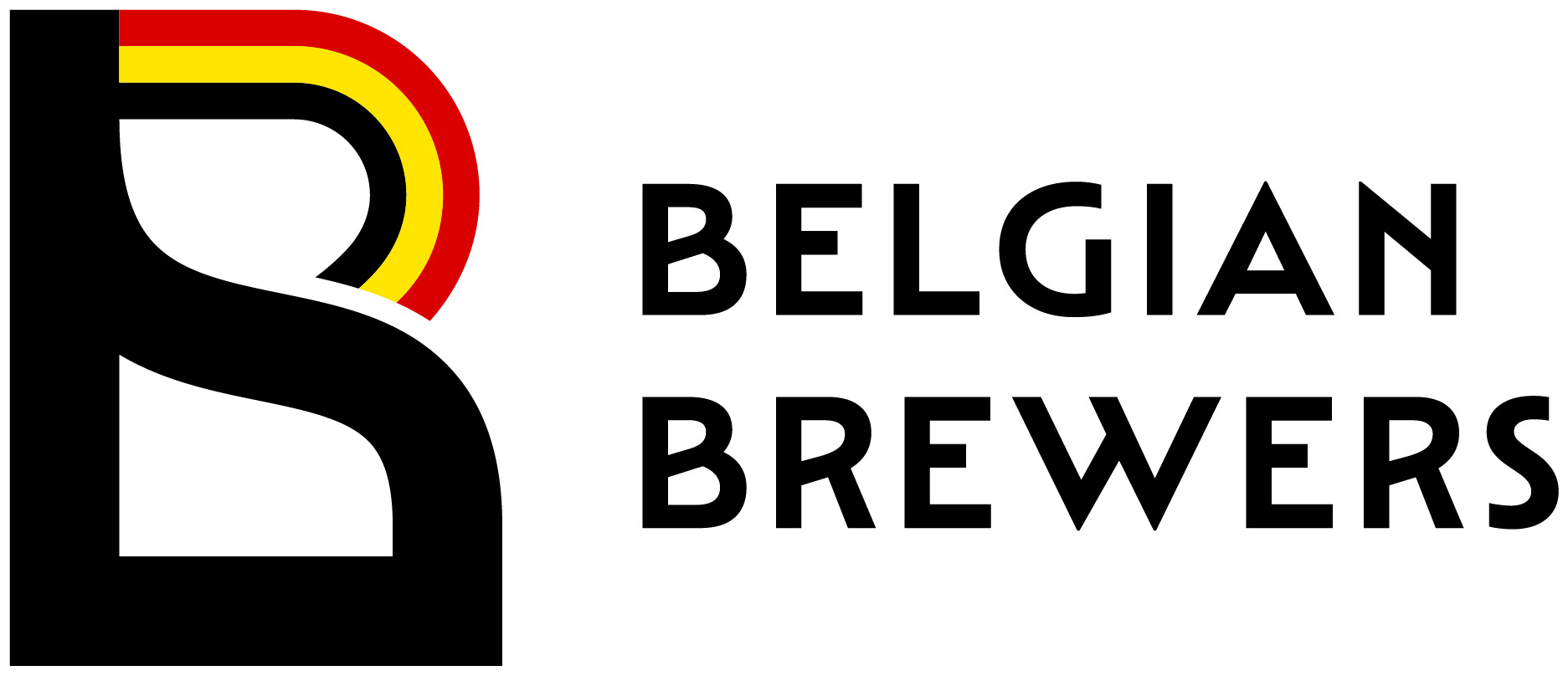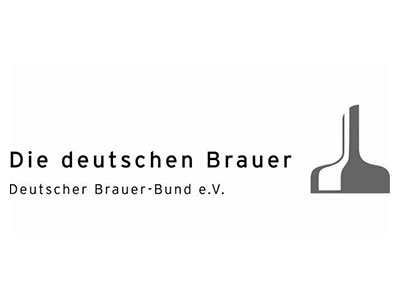
The Environmental Performance of the European Brewing Sector
- brew
- 25/12/2011
- 5011
- Brewery management
This report presents the changes and trends in the environmental performance in the key areas over the years 2008 to 2010. This quantitative data is supported and illustrated by a selection of prominent case studies.
European brewers place a lot of emphasis on improving the sector’s environmental impact. They highly depend on the environment for resources, both in quality and in quantity. A high level of environmental awareness is not only important to ensure that sufficient resources of good quality are available, now and in the future, but also to meet the general public’s environmental expectations. To this end, The Brewers of Europe commissioned a study to quantify key performance indicators and also to look for trends over the period 2008 to 2010. Data on environmental performance was obtained from 156 breweries, representing 62% of the total beer production volume (in 2010) in the 30 European countries approached (EU-27 plus Norway, Switzerland and Turkey). Responses involved quantitative data plus narrative case studies from small breweries to national initiatives.
Key messages on the environmental performance of the European brewing sector
Over the period 2008-2010:
Water
- 4.5% less water was used per hectolitre of beer produced, resulting in an equal decrease of wastewater output.
Energy and Greenhouse Gases
- 3.8% less energy was used for the production of each hectolitre of beer.
- Influence on the climate, measured as the combined Scope One and Two CO2 emissions, was reduced by a substantial 7.1%.
Secondary Products
- Overall biogas collected from secondary products and wastewater treatment increased by 7.0%.
- Certain secondary products, such as brewers’ grains and brewers’ yeast, were used as animal feed. Contributions to animal feed have remained significant at 15.5 kg for every hectolitre of beer.
Waste and Wastewater
- The production of wastewater was reduced by 6.9% to 2.7 hl/hl beer produced.
- Biogas production increased by 7.0% to 92 m3/1,000 hl of beer produced.
Packaging
- The use of returnable glass bottles has decreased by 2% with a switch to non returnable (including recyclable) bottles, cans, kegs and tank beer.
The trends in the report and a selection of case studies show the considerable steps taken by the brewing sector in Europe to improve environmental performance.









